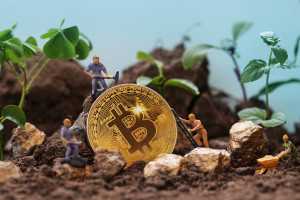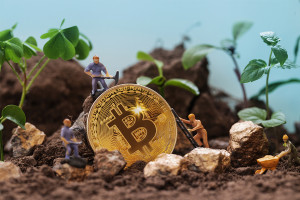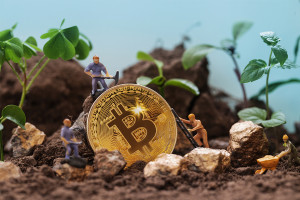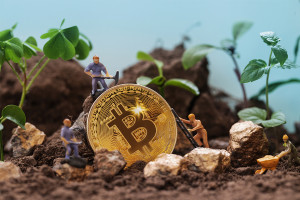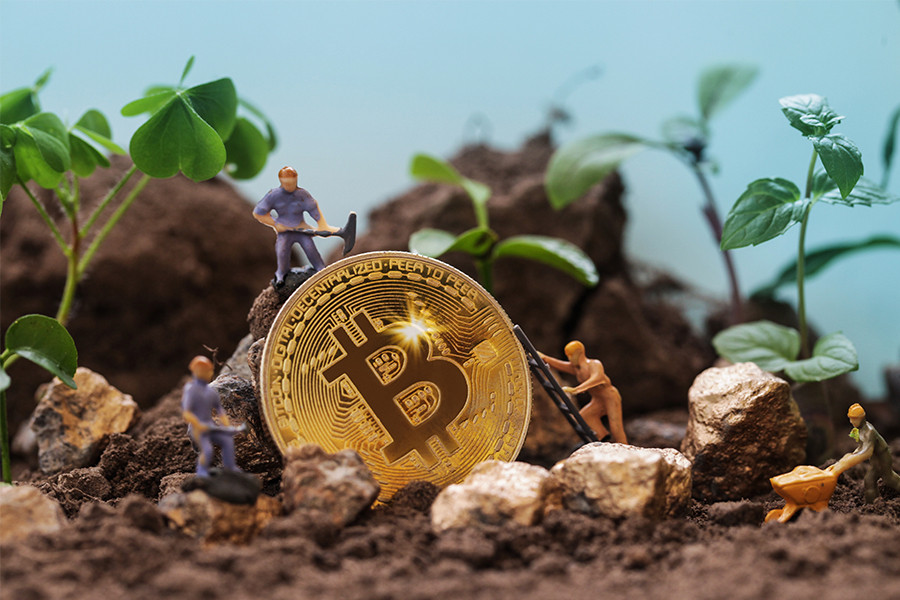 26, Jan
26, Jan
Understanding Cryptocurrency Mining: A Beginner's Guide
Cryptocurrency mining has become a popular method for individuals to earn digital assets by validating transactions on blockchain networks. Whether you're new to the concept or seeking a deeper understanding, this beginner's guide will provide you with a comprehensive overview of cryptocurrency mining. Before we delve into the intricacies of this process, let's introduce a platform that simplifies and streamlines mining operations – BlockMining.net.
Introducing BlockMining.net
BlockMining.net is a leading platform that empowers users to engage in cryptocurrency mining effortlessly. With its intuitive interface and robust features, BlockMining.net caters to both novice and experienced miners, offering a seamless mining experience for various cryptocurrencies.
Understanding Cryptocurrency Mining
Cryptocurrency mining is the process of validating and recording transactions on a blockchain network. Miners utilize computational power to solve complex mathematical puzzles, which in turn validates transactions and adds them to the blockchain. In return for their efforts, miners are rewarded with newly minted cryptocurrency coins.
The Basics of Mining
To begin mining, miners require specialized hardware and mining software. Initially, mining was primarily conducted using central processing units (CPUs). However, as the complexity of blockchain networks increased, miners shifted towards more powerful hardware such as graphics processing units (GPUs) and application-specific integrated circuits (ASICs).
Mining Algorithms
Cryptocurrency networks utilize different mining algorithms to secure their networks and validate transactions. The most common algorithm is Proof of Work (PoW), where miners compete to solve complex mathematical puzzles. Additionally, some networks employ alternative algorithms like Proof of Stake (PoS), which relies on validators rather than miners to secure the network.
Joining a Mining Pool
Mining pools allow miners to combine their computational resources and increase their chances of successfully mining blocks. By joining a mining pool, participants receive a share of the rewards proportional to their contribution. This approach offers a more consistent income stream compared to solo mining.
Evaluating Mining Profitability
Several factors influence mining profitability, including hardware costs, electricity expenses, mining difficulty, and cryptocurrency prices. Miners must carefully evaluate these factors to determine the viability of their mining operations and optimize their profitability.
Conclusion
Cryptocurrency mining is a dynamic and rewarding endeavor that plays a crucial role in the decentralized ecosystem. With platforms like BlockMining.net, individuals can embark on their mining journey with ease and efficiency. By understanding the fundamentals of mining, selecting the right hardware, and staying informed about market trends, miners can maximize their potential rewards in this evolving landscape. Stay tuned for more in-depth guides and insights into the world of cryptocurrency mining.
